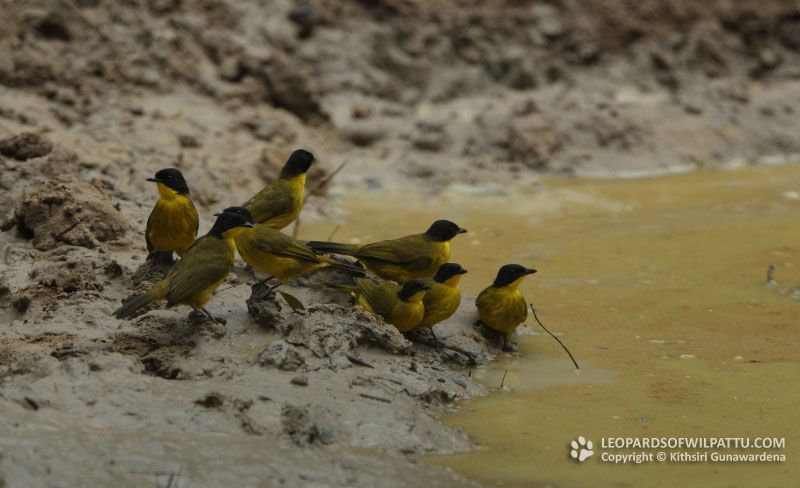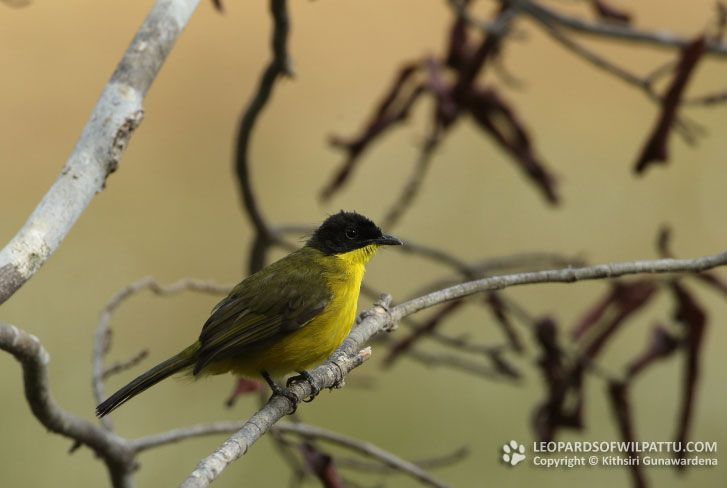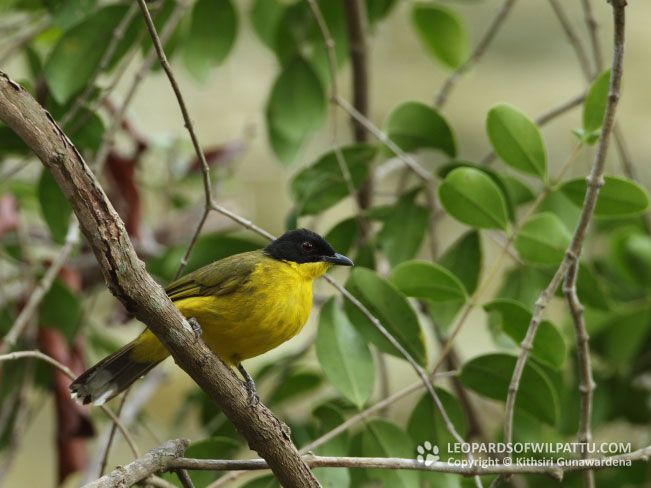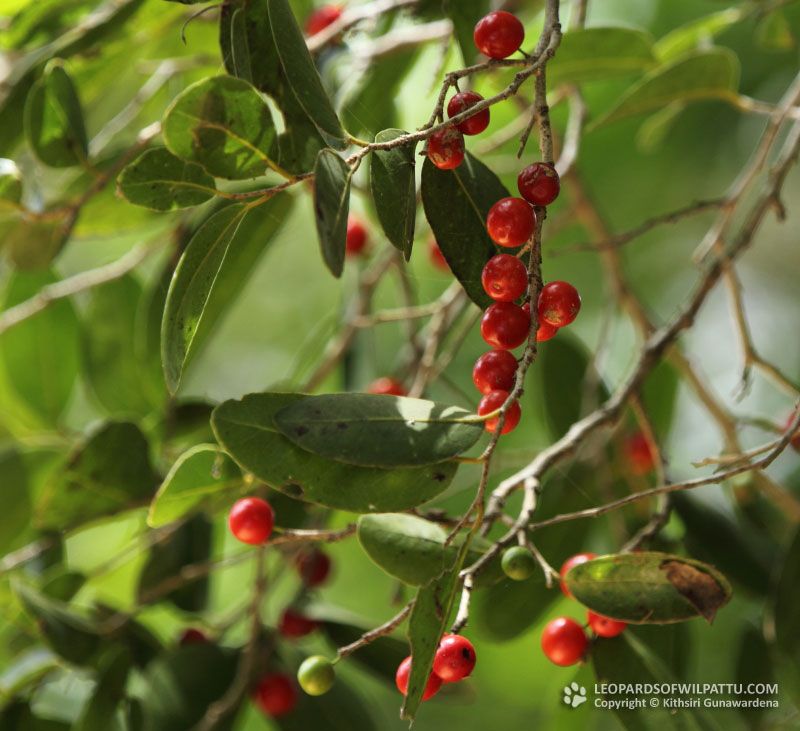
Birds ‹‹ Go Back
This is an endemic species that is found in the lowlands and hills up to an altitude of about 1300 meters. It is more plentiful in the wet zone forests. In the dry zone the Black-capped Bulbul is usually found along the rivers and close to water bodies. It is a cheerful and a very active bird with a few pleasing, soft and whistling songs. The most characteristic is the mournful three note ascending song usually made while the bird is resting.
The conservation status of this species is regarded as Least Concerned (National Red List 2012).
Black-capped Bulbul is a species protected under the Fauna and Flora Protection Ordinance as amended by Act No. 22 of 2009.
This species is plentiful in all the forests and well-wooded gardens of the wet zone including small pockets of forests close to Colombo such as Meethirigala, Dombagas Kanda and Labugama forest reserves. I have observed it at Meemure in the Knuckles forest reserve at an altitude of 1310 meters and at Sinharaja Morning side forest at an altitude of 1200 meters. In the dry zone I have observed it at most riverine parts of the forest. It seen in good numbers in most dry zone forests including Minneriya, Kaudulla, Yala, Kumana, Galoya, Udawalawa and Wasgomuwa National Parks. I have not seen this species in the Mannar Island or the Jaffna Peninsula.
In Wilpattu this species can be commonly seen in close proximity to water. During the dry season where most of the water holes are reduced to small puddles of water these birds will fly down to drink through out the day. Walas Wala, Sudu Muwa Wala, Boradiya Wala and Thammanna Wala are good places where this species can be observed and photographed during the dry months of the year. They are usually found in pairs, one following the other as they fly from tree to tree. One of the most striking sights I remember is of a pair of these birds feeding on the bright red berries of a Weera Drypetes sepiaria tree at Borupan Wila one morning in June in 2012 after a slight shower. On a few occasions the birds could be seen surrounded by the bright red berries, it’s bright yellow breast and black cap contrasting sharply against the red berries. Often they would hold a glistening red berry in their beaks for a few seconds before swallowing. I watched them feeding on the fruits through by binoculars for a short while. Even though the angle was not suitable for photography I remember this sight quite vividly.




